Daughter of the composer Georges-Maurice-René Jullien and Madeleine Gretillat, Renée Jullien entered the École des Beaux-Arts in Paris in 1919, presented by the painters Louis-François Biloul and Jules Adler. In 1923, she was the first woman to win the second Grand Prix de Rome. The following year she traveled to Indochina and China thanks to a state scholarship. She then became friends with Paul Jouve. Renée Jullien settled in Aix-en-Provence in 1940, the landscapes she discovered became a source of inspiration. She opened a sculpture workshop at the School of Fine Arts at the request of Marcel Arnaud. Renée Jullien was a complete artist, dividing her work between painting, sculpture and engraving. She wrote for the magazine "Le Feu" as well as three books on Asia, including "Yu-Non-Fou" and "La Ville des nuages", a bibliophile work published in 1937, which she illustrated with her own drawings. A member of the Salon National des Beaux-Arts and the Société de la France d'Outremer, Renée Jullien won the Morocco Prize in 1952 and the Equatorial Africa Prize in 1954. She then travelled for 8 months in Central Africa, in Gabon, where she was received by Doctor Schweitzer. The work of Renée Jullien is part of the tradition of 20th century travelling painters; it is a true initiatory journey, from China in 1924 to Venice in the 1970s, from the Aix landscapes with Cézanne-esque accents to the villages of Spain, Africa and Greece.




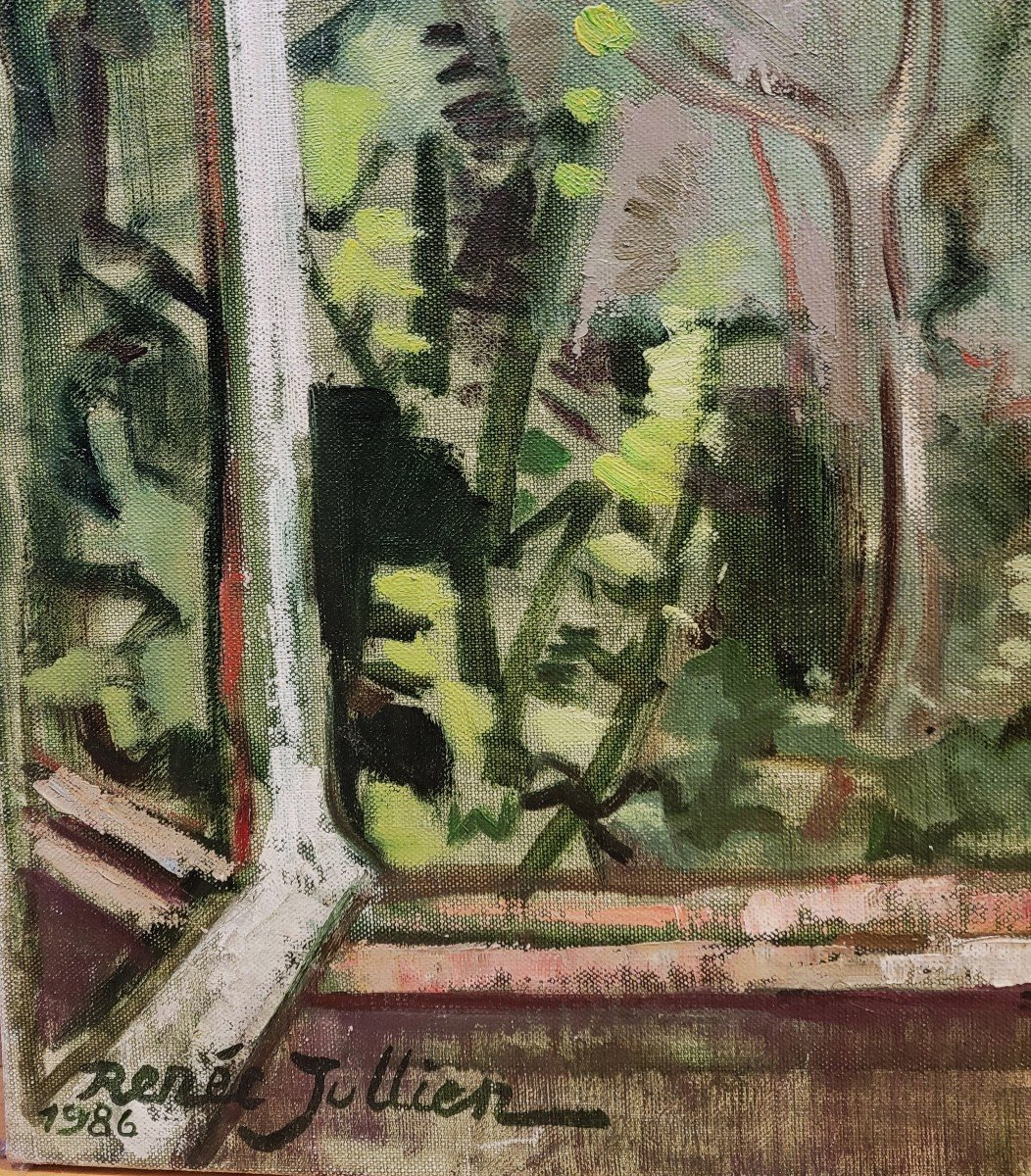








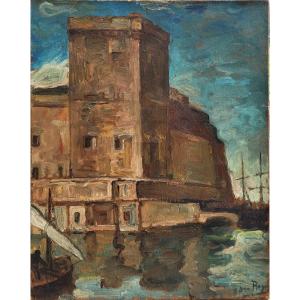

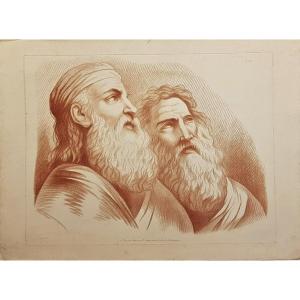




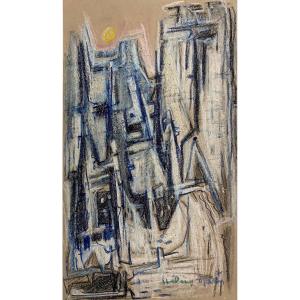
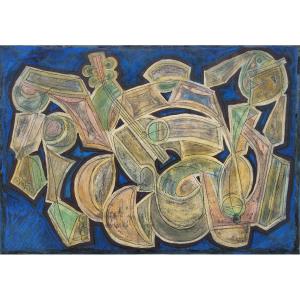

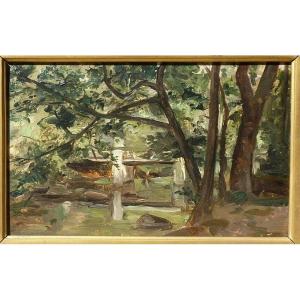

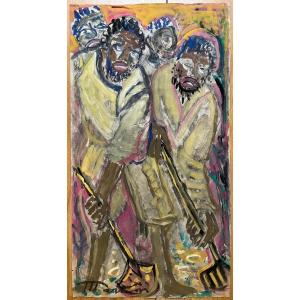
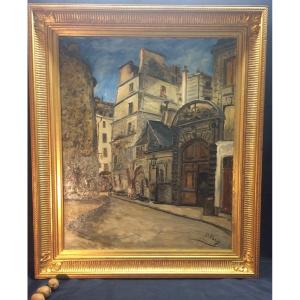


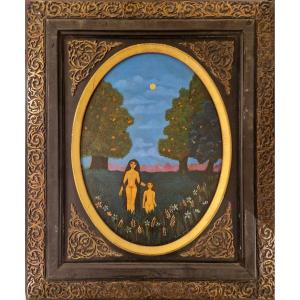
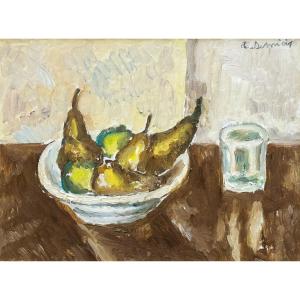



 Le Magazine de PROANTIC
Le Magazine de PROANTIC TRÉSORS Magazine
TRÉSORS Magazine Rivista Artiquariato
Rivista Artiquariato